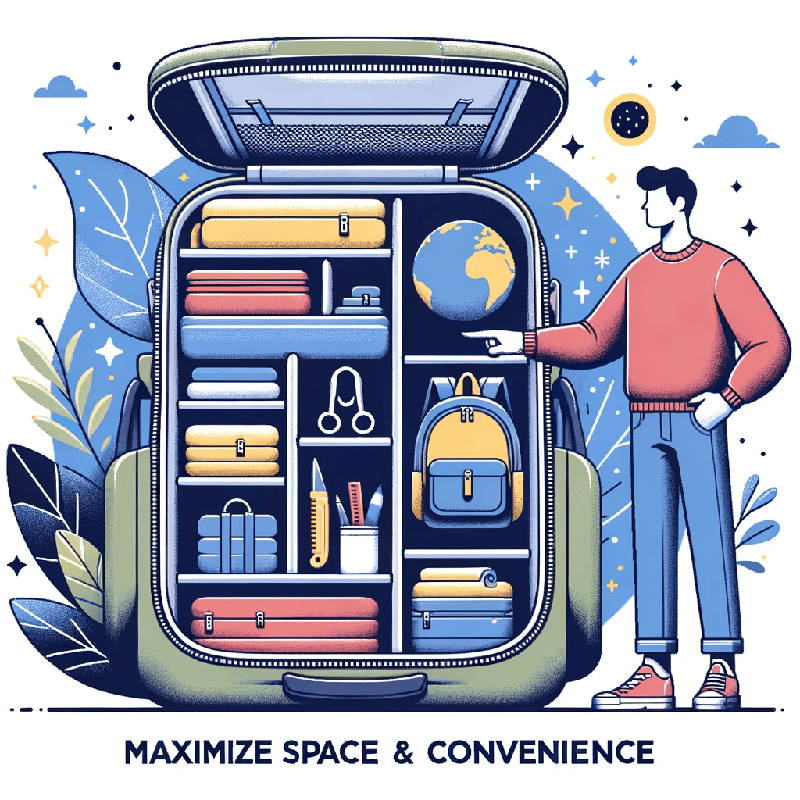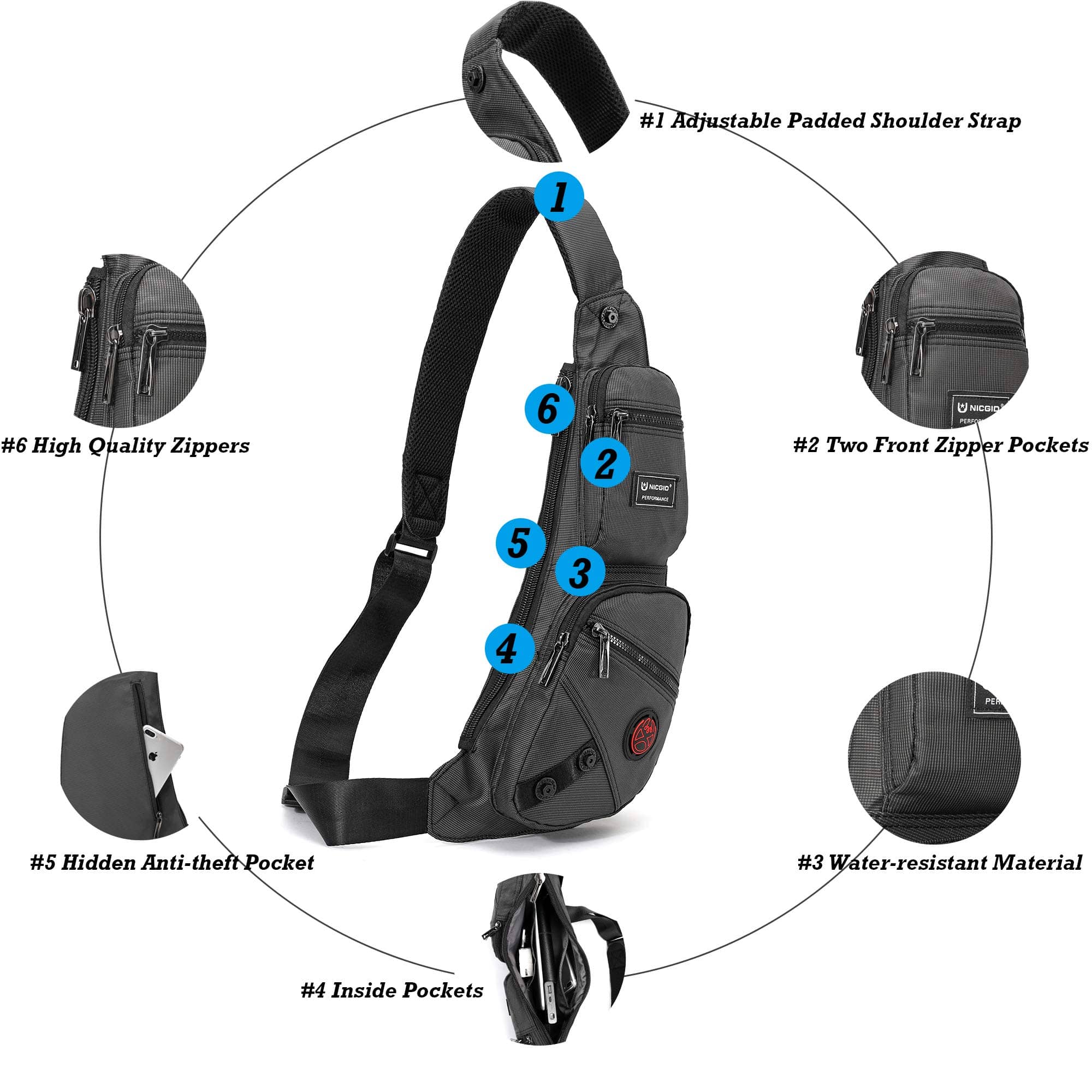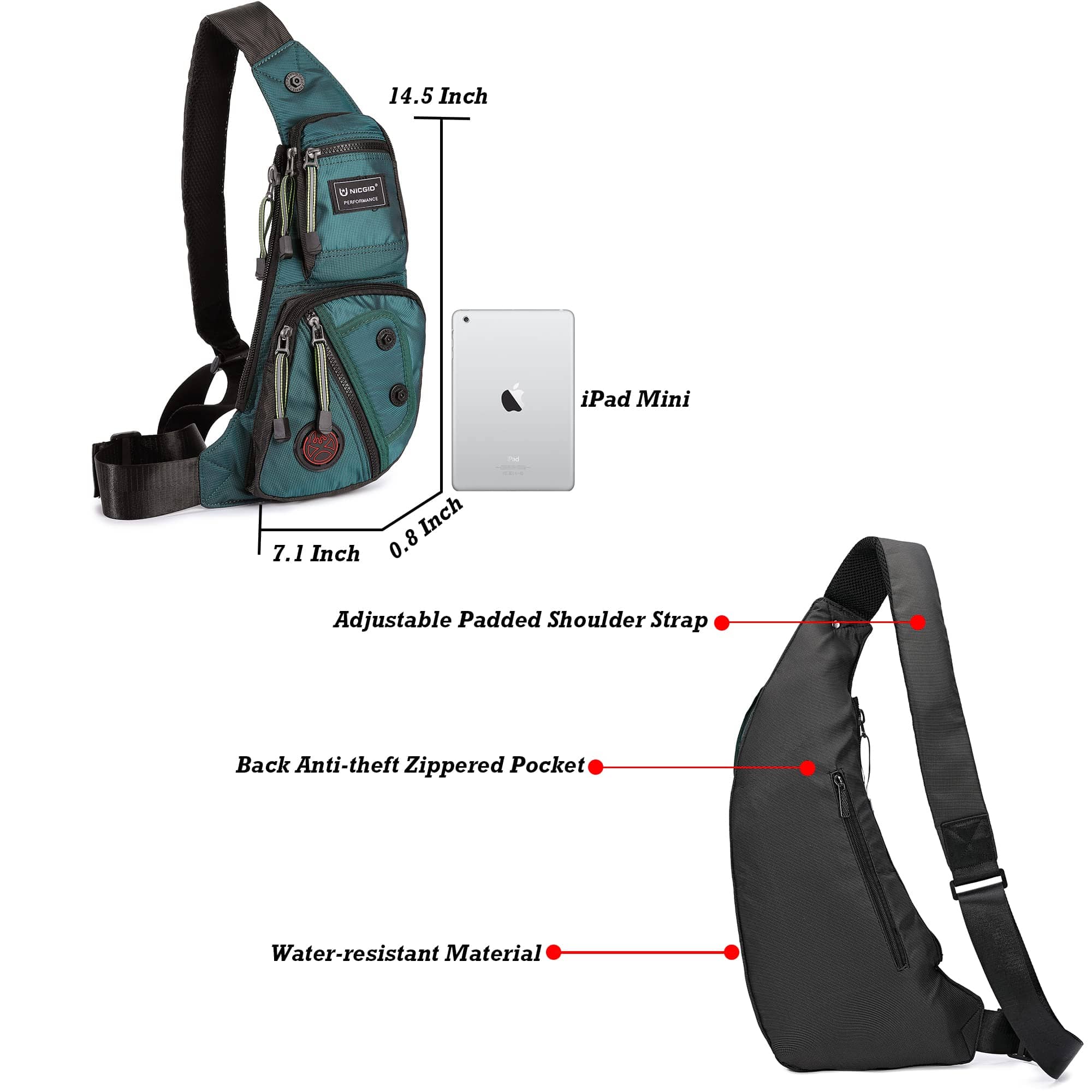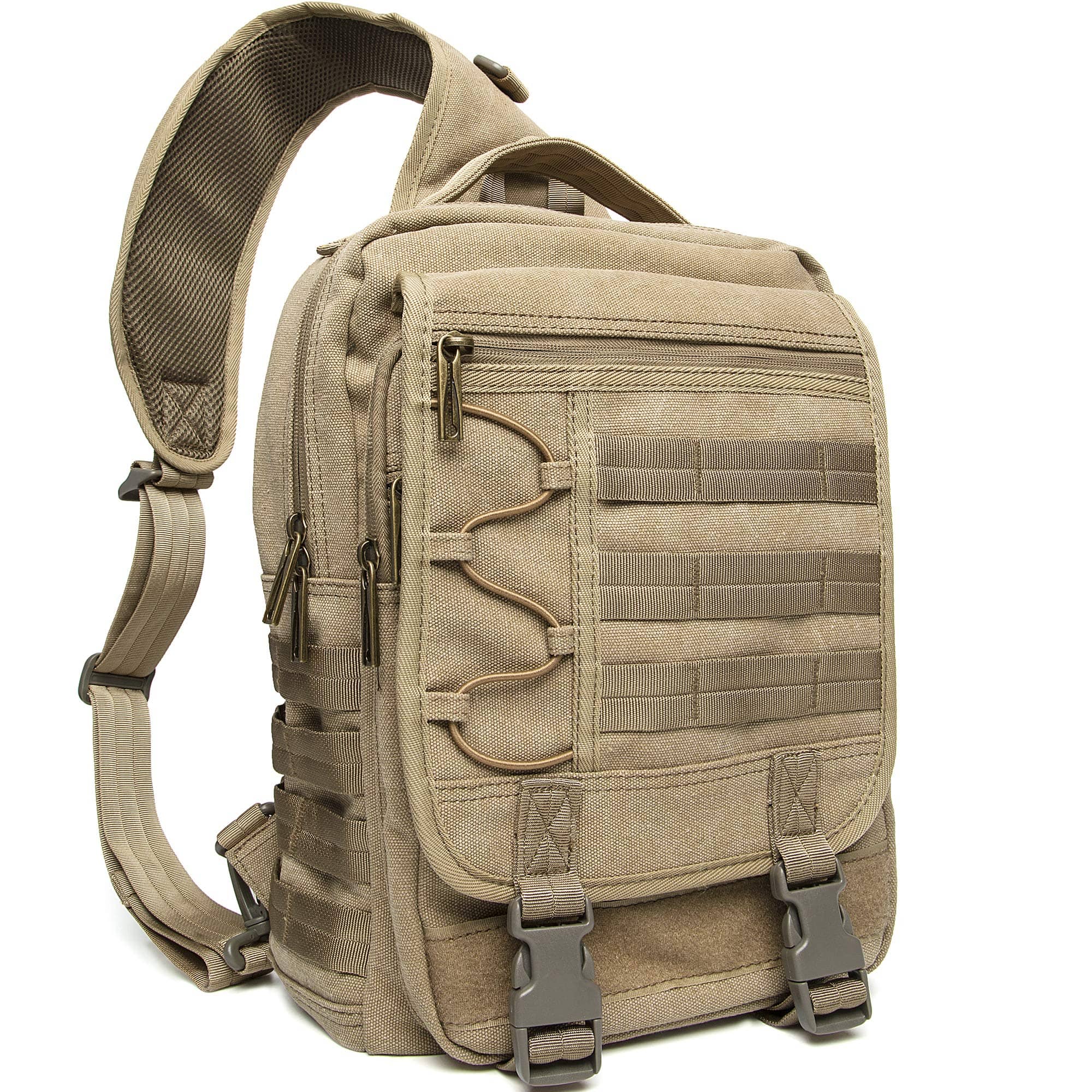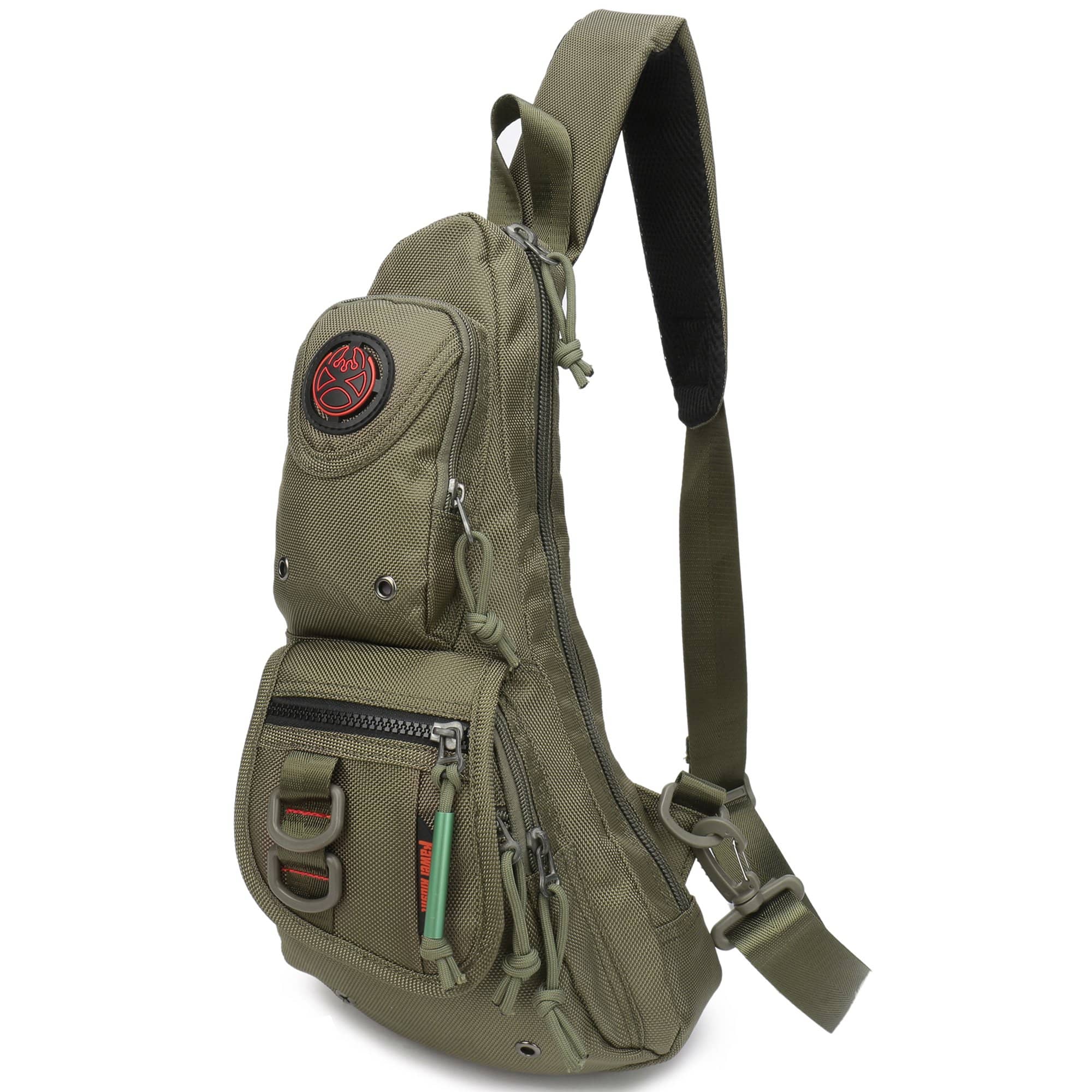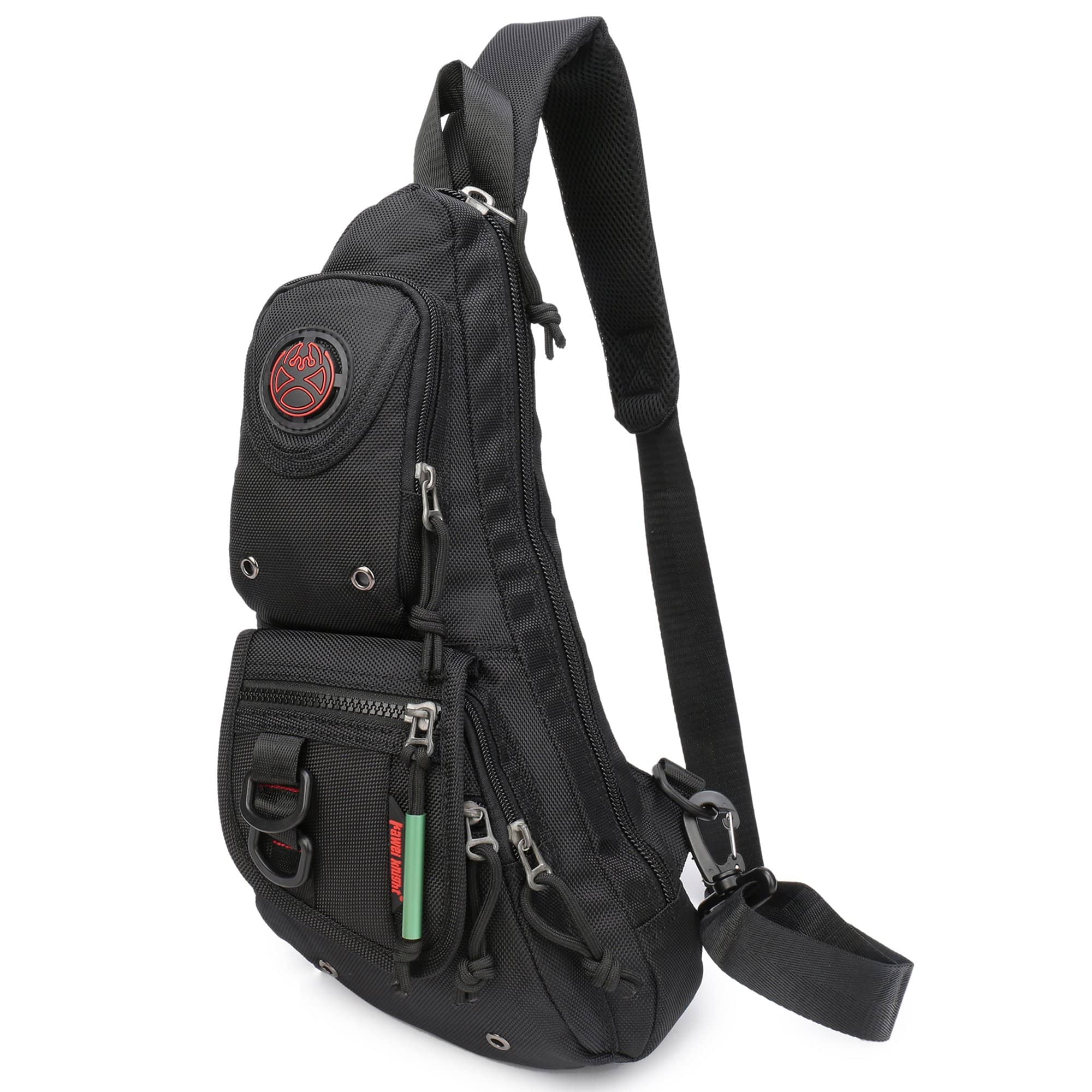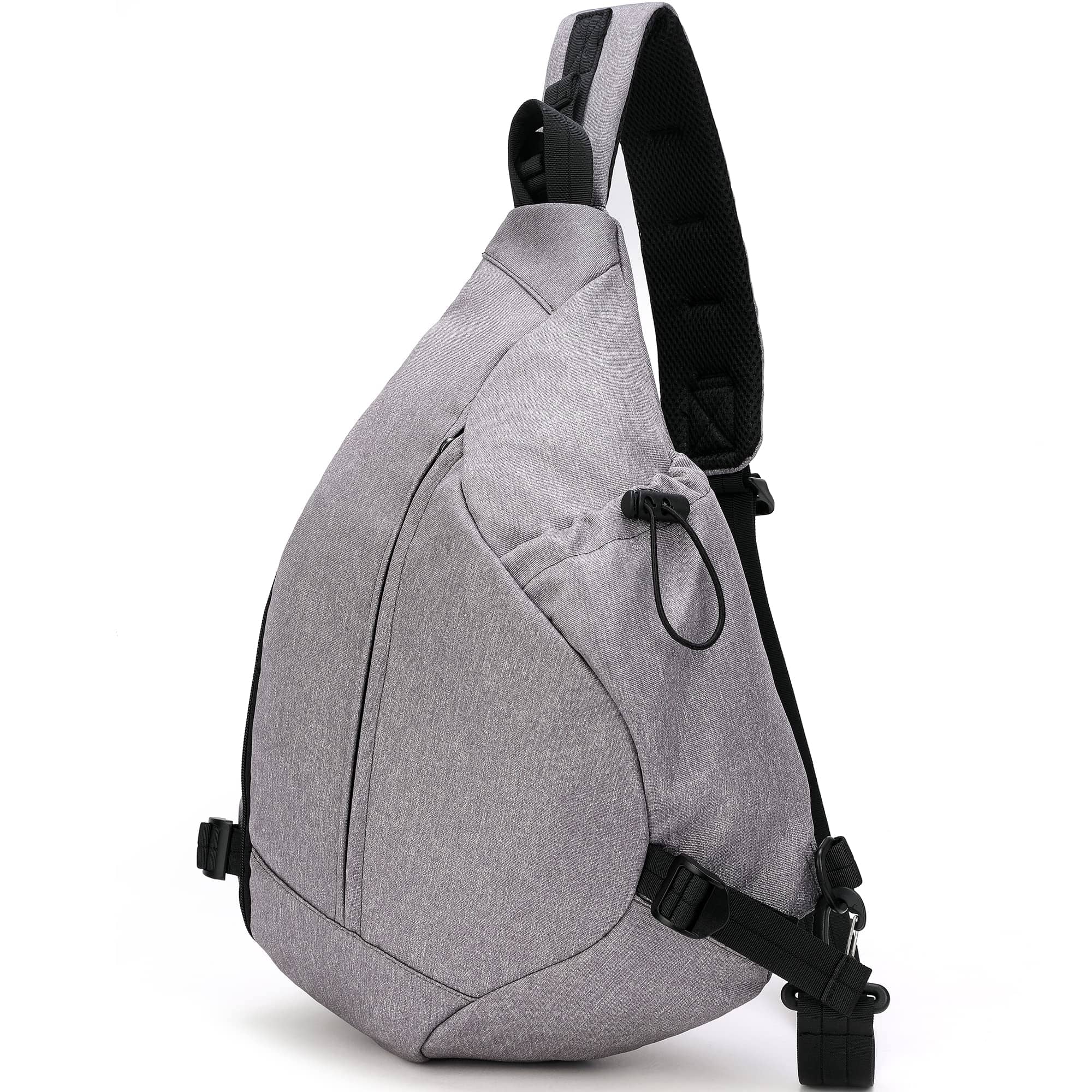Are you tired of rummaging through your backpack to find what you need? Do you wish you could organize your backpack like a pro? Look no further than this ultimate guide to organizing your backpack. In this article, we will provide you with expert tips and tricks to help you maximize space, optimize organization, and improve accessibility in your backpack. Whether you’re a frequent traveler, outdoor enthusiast, or student, the strategies and techniques shared here will revolutionize the way you pack and carry your essentials. From choosing the right backpack to sorting items into dedicated compartments and using space-saving packing cubes, we’ve got you covered. Say goodbye to the days of fumbling around for your keys or phone, and hello to a perfectly organized backpack that makes life on the go a breeze. Get ready to become a backpack organization pro with our fool-proof guide.
Table of Contents
The importance of an organized backpack
A well-organized backpack has numerous benefits that can make your life easier, whether you’re on a hiking trip or heading to work. Firstly, having an organized backpack saves you time and reduces stress. Imagine being able to quickly locate your phone, wallet, or pen without having to dig through a mess of items. Secondly, an organized backpack helps protect your belongings. By giving each item a designated place, you can prevent items from getting damaged or lost. Additionally, an organized backpack promotes efficiency and productivity. When you know where everything is, you can easily access what you need, allowing you to focus on the task at hand. Lastly, an organized backpack can improve your overall well-being. Clutter and disorganization can affect your mental state, so having a tidy backpack can contribute to a sense of calm and control. By recognizing the importance of an organized backpack, you’re already one step closer to becoming a backpack organization pro.
Benefits of organizing your backpack
Organizing your backpack not only helps in finding items quickly but also offers several other benefits. Firstly, an organized backpack promotes better posture and reduces the risk of back pain. By distributing the weight evenly and using the right compartments for heavy items, you can avoid strain on your back and shoulders. Secondly, organizing your backpack saves space. By utilizing various storage solutions, such as packing cubes or compression bags, you can maximize the available space in your backpack and fit more items. This is particularly useful when traveling, as it allows you to pack efficiently and avoid excess baggage fees. Additionally, an organized backpack enhances security. By keeping valuable items separate and hidden, you can reduce the risk of theft or loss. Lastly, an organized backpack improves your overall travel experience. When everything is in its place, you can easily find what you need, making your journey more enjoyable and stress-free. So, go ahead and reap the benefits of an organized backpack.
Essential items to have in your backpack
Before diving into the organization strategies, it’s important to identify the essential items that you should always have in your backpack. The specific items will vary depending on your lifestyle, but here are some common essentials:
1. Water bottle: Staying hydrated is crucial, so always carry a reusable water bottle to avoid single-use plastic bottles.
2. Snacks: Pack some nutritious snacks like granola bars or fruit to keep your energy levels up throughout the day.
3. Notebook and pen: Whether you’re a student or professional, having a notebook and pen handy allows you to jot down important information or ideas on the go.
4. Phone charger: Keep a portable phone charger to ensure you never run out of battery when you need it the most.
5. Umbrella or raincoat: Be prepared for unexpected weather changes by carrying a compact umbrella or a lightweight raincoat.
6. First aid kit: It’s always a good idea to have basic first aid supplies, such as band-aids, antiseptic wipes, and pain relievers, in case of emergencies.
7. Multi-tool: A versatile multi-tool can come in handy for various situations, such as opening packages or fixing minor issues.
Remember to tailor this list to your specific needs and add any additional items that are essential for your daily activities or upcoming trips. Now that you have a clear understanding of the essential items, let’s explore how to choose the right backpack for organization.
Choosing the right backpack for organization
When it comes to organizing your backpack, starting with the right backpack itself is crucial. Here are a few factors to consider when choosing a backpack for optimal organization:
1. Size: Consider the size of the backpack based on your needs. If you’re a student with a heavy load of books, a larger backpack with multiple compartments might be ideal. For day trips or minimalistic travel, a smaller backpack with fewer compartments may suffice.
2. Compartments and pockets: Look for backpacks with dedicated compartments and pockets that suit your organizational needs. Consider the types of items you typically carry and ensure there are enough compartments to keep them separate and easily accessible.
3. Accessibility: Pay attention to the design and accessibility features of the backpack. Some backpacks have side pockets for water bottles or quick access pockets for small essentials like keys or headphones. Choose a backpack that allows you to reach your items conveniently without unpacking everything.
4. Durability: Invest in a high-quality backpack that can withstand regular use and provide long-term durability. Look for sturdy materials, reinforced stitching, and reliable zippers to ensure your backpack can handle the weight and last for years to come.
5. Comfort: Consider the ergonomics and comfort features of the backpack. Look for padded shoulder straps, back support, and adjustable straps to ensure a comfortable fit, especially if you’ll be carrying heavy loads.
Take the time to research and try on different backpacks to find the one that best suits your needs and preferences. Once you have the perfect backpack, it’s time to dive into the organization strategies.
Sorting and categorizing your items
To effectively organize your backpack, start by sorting and categorizing your items. This step allows you to group similar items together and ensures easy access to everything you need. Here’s how you can approach this process:
1. Make a list: Begin by listing all the items you typically carry in your backpack. This will help you visualize the categories and determine the size and number of compartments you’ll need.
2. Categorize: Identify common categories based on your list. For example, you might have categories like electronics, stationery, toiletries, or snacks. Group items together according to these categories.
3. Purge and prioritize: Take the opportunity to declutter your belongings. Remove any items that you no longer need or use. Prioritize essential items and consider leaving non-essential items at home to save space and reduce weight.
By sorting and categorizing your items, you’ll have a clear understanding of what needs to be packed and how to allocate space within your backpack. Now, let’s explore how to effectively utilize compartments and pockets.
Utilizing compartments and pockets effectively
One of the keys to a well-organized backpack is the efficient use of compartments and pockets. Here are some tips on maximizing the use of these storage spaces:
1. Assign dedicated compartments: Assign specific compartments for each category of items. For example, designate one compartment for electronics, another for stationery, and a separate one for toiletries. This will make it easier to find items quickly and prevent them from getting mixed up.
2. Use smaller pockets: Utilize smaller pockets for storing smaller items like keys, headphones, or chargers. This will prevent them from getting lost or tangled with other items.
3. Consider accessibility: Place frequently used items in easily accessible pockets or compartments. For example, keep your phone or wallet in a front pocket or a top compartment for quick and easy access.
4. Utilize hidden pockets: Some backpacks have hidden pockets or compartments that are designed for security or privacy. Use these pockets to store valuable items like passports or cash when traveling.
5. Maximize vertical space: Make use of the vertical space within your backpack by utilizing compression straps or packing cubes. These tools allow you to compress and pack your items tightly, creating more space for additional items.
By effectively utilizing compartments and pockets, you’ll be able to keep your items organized, easily accessible, and prevent them from shifting or getting damaged during transportation. Now, let’s move on to the next step: packing your backpack strategically.
Packing your backpack strategically
Strategic packing is the key to maximizing space and maintaining organization within your backpack. Here are some tried and tested strategies to pack your backpack like a pro:
1. Heavy at the bottom: Place heavier items at the bottom of your backpack to create a stable base. This will help distribute the weight evenly and ensure better balance while carrying your backpack.
2. Utilize packing cubes: Packing cubes are a game-changer when it comes to organizing your backpack. They allow you to compartmentalize your items and compress them, saving space and keeping everything in order. Use different-sized packing cubes for different categories of items.
3. Roll your clothes: Instead of folding your clothes, roll them tightly to save space and reduce wrinkles. This technique also allows you to fit more clothes into your backpack.
4. Utilize empty spaces: Fill empty spaces with smaller items or accessories. For example, socks can be stuffed inside shoes to save space or small gadgets can be tucked into corners.
5. Separate liquids: To prevent leaks and spills, store liquids in separate waterproof pouches or small containers. Place them in an easily accessible pocket or compartment to avoid any damage to other items.
By following these packing strategies, you’ll be able to fit more items in your backpack while keeping everything organized and easily accessible. However, maintaining organization is equally important, so let’s explore how to declutter and care for your backpack.
Maintaining and decluttering your backpack
Regular maintenance and decluttering are essential to keep your backpack organized and in good condition. Here are some tips to help you maintain a clutter-free backpack:
1. Empty and clean regularly: Empty your backpack and clean it thoroughly on a regular basis. Remove any crumbs, dirt, or debris that may have accumulated. Wipe down the interior and exterior of the backpack with a damp cloth or use a gentle cleaner if necessary.
2. Review and declutter: Take the time to review the contents of your backpack regularly. Remove any items that you no longer need or use. This will prevent unnecessary clutter and keep your backpack light and efficient.
3. Reassess organization: As your needs change, reassess the organization system within your backpack. If you find that certain items are frequently hard to locate or access, consider adjusting the placement or creating new compartments to better suit your needs.
By incorporating these maintenance and decluttering practices into your routine, you’ll be able to enjoy the benefits of an organized backpack for the long run. Now, let’s explore some tips for staying organized on the go.
Tips for staying organized on the go
Staying organized while on the go can be a challenge, but with these tips, you’ll be able to maintain order and accessibility:
1. Develop a routine: Establish a routine for packing and unpacking your backpack. This will help you stay organized and ensure that you have everything you need before leaving.
2. Keep items in their designated compartments: Resist the temptation to throw items into your backpack without considering their designated compartments. By keeping items in their assigned places, you’ll be able to find them quickly and prevent the disarray.
3. Avoid overpacking: Be mindful of how much you pack. Overpacking can lead to a disorganized backpack and make it difficult to find items when you need them. Stick to the essentials and avoid unnecessary items to maintain order.
4. Take advantage of downtime: Use any downtime during your travels to reorganize your backpack. This could be during layovers, train rides, or even while waiting for your next appointment. By taking a few minutes to tidy up, you’ll prevent clutter from accumulating and maintain a well-organized backpack throughout your journey.
By implementing these tips, you’ll be able to stay organized and maintain the benefits of an organized backpack wherever you go. Now, let’s conclude our ultimate guide to organizing your backpack.
Conclusion: Enjoying the benefits of an organized backpack
Congratulations! You have now mastered the art of organizing your backpack like a pro. By following the expert tips and strategies shared in this guide, you can enjoy the benefits of a well-organized backpack. From saving time and reducing stress to improving efficiency and enhancing your overall travel experience, an organized backpack is a game-changer. Remember to choose the right backpack, sort and categorize your items, utilize compartments and pockets effectively, pack strategically, and maintain your backpack regularly. By incorporating these practices into your routine, you’ll be able to enjoy a perfectly organized backpack that makes life on the go a breeze. So, go ahead and embark on your next adventure with confidence, knowing that your backpack is organized like a pro. Happy organizing!

